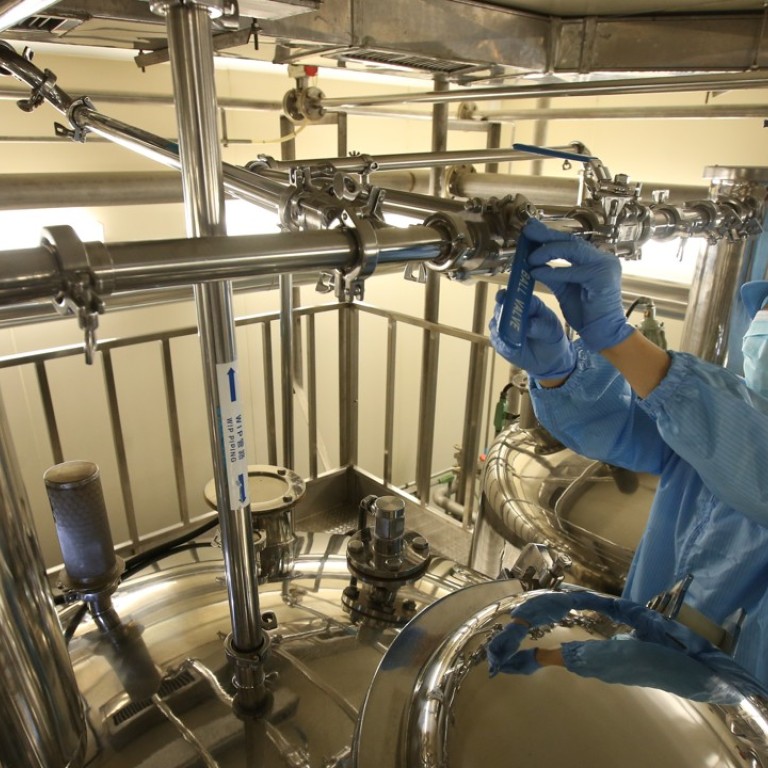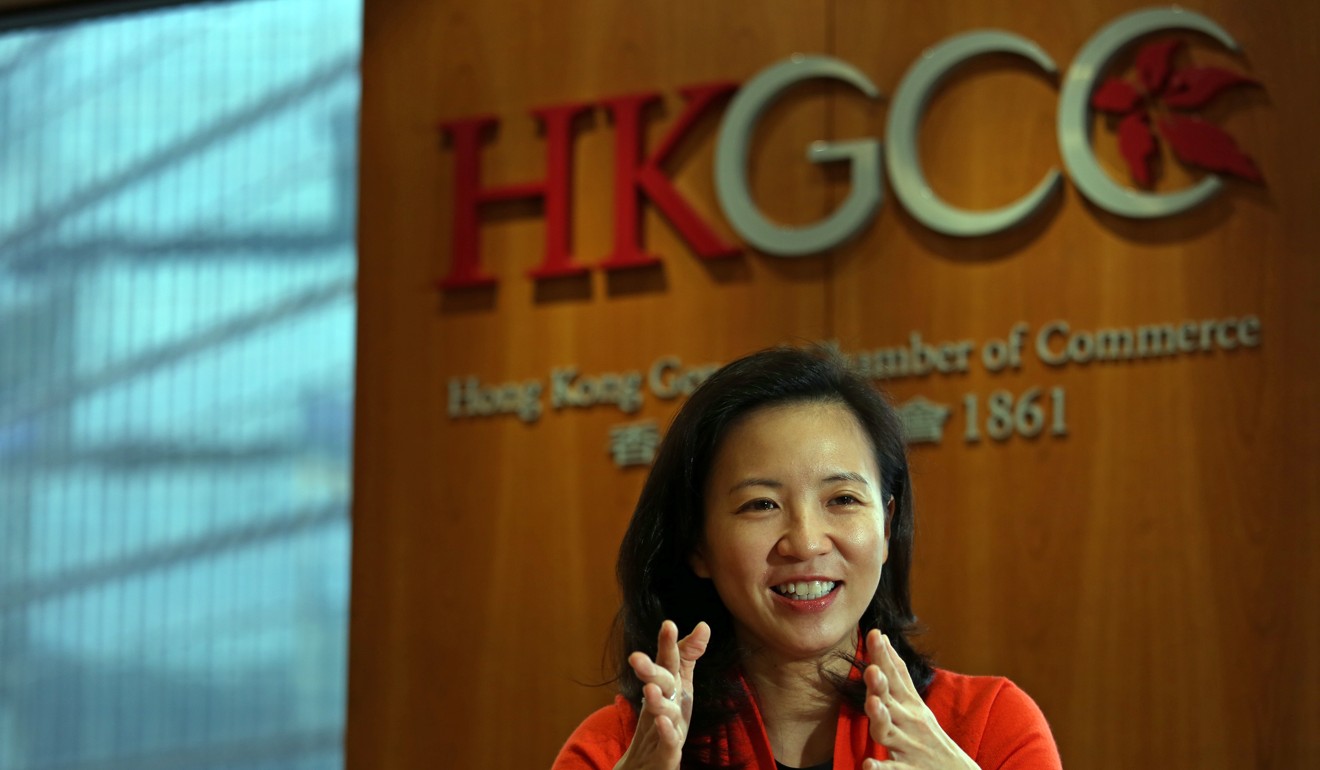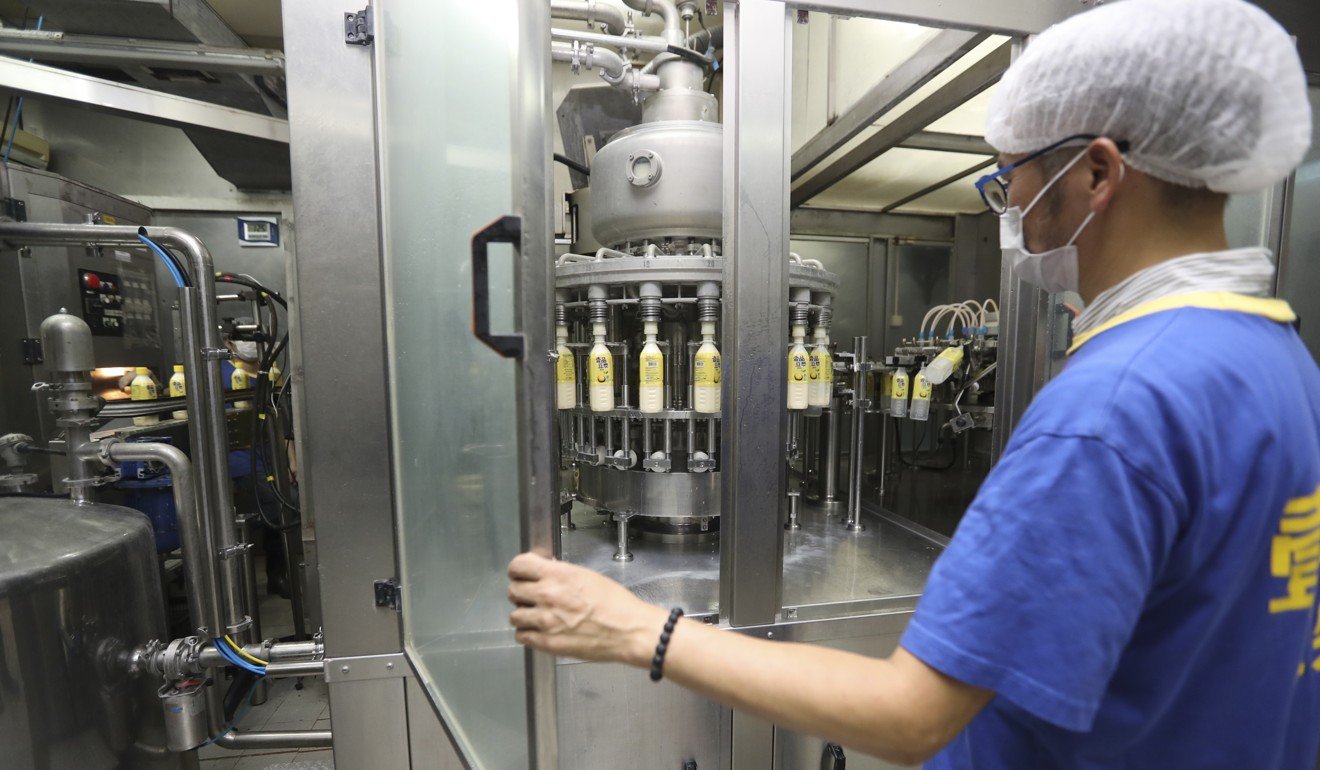
Tax breaks in store for Hong Kong start-ups as city struggles to stay competitive
Nikki Sun
Small and medium-sized enterprises in Hong Kong can look forward to more tax incentives as the government tries to counter competition from regional rivals offering lower rates.
Though the city has been known for its business-friendly environment and low tax regime for decades, it is losing its competitive edge as the rest of the world is redrawing economic policies to attract more business.
To ensure the city stops losing young talent to regional rivals such as Singapore, South Korea and mainland China, new Chief Executive Carrie Lam Cheng Yuet-ngor, who took up the top job in Hong Kong last month, has put tax reform on her agenda. Her administration is now in the process of formulating two tax policies, which Lam promised in her election manifesto, favouring SMEs and start-ups.
Start-ups duke it out in US$3m pitching showdown in Hong Kong
The first is a two-tier profits tax system which will lower the rate for the first HK$2 million of corporate profits to 10 per cent, from the current 16.5 per cent. The second proposal, meanwhile, will offer additional tax deductions on expenses related to research and developments, as well as environmental protection, art and design initiatives.
Last week, Lam told a group of business leaders at a dinner that the new administration was making the final preparations to implement policies, while financial chief Paul Chan Mo-po said on Saturday that the government was ready to announce the details of the two-tier tax system upon Lam’s approval.

“Given that many neighbouring jurisdictions are offering comparatively lower rates of tax for SMEs to foster their competitiveness, it is good to see that such a system will be introduced in Hong Kong soon,” said Agnes Chan Sui-kuen, Hong Kong and Macau managing partner at accounting firm EY.
Chan added that the proposed two-tier tax regime would mean that the government would have to forgo about HK$5 billion in tax revenue – or 3.8 per cent of Hong Kong’s total – but SMEs would be able to reinvest the tax savings into upgrading their business models.
Chinese start-ups are increasingly led by younger bosses
There are about 320,000 SMEs in Hong Kong, which represent 98 per cent of the city’s business establishment, and they employ 46 per cent of the total workforce in the private sector.
“We are very encouraged that the chief executive is giving this issue the attention it deserves ... This will help create new job opportunities for all levels of employment and will encourage more ... to establish a business,” said Shirley Yuen, chief executive officer of the Hong Kong General Chamber of Commerce, the city’s largest business body.
However, a scholar said the extent of tax cuts was not enough to retain talent. Simon Lee Siu-po, assistant dean of undergraduate studies at Chinese University’s business school, said the proposed rate was not competitive nor sufficient to relieve the burden faced by SMEs due to the city’s high operating costs.

While government officials like to use the city’s simple and low tax regime as a selling point to foreign investors, the tax rates for SMEs do not seem as low as many have imagined.
In comparison, Singapore gives qualified start-ups a three-year tax exemption on the first S$100,000 (HK$574,000) and partial exemption of up to S$100,000 on the next S$200,000 of taxable income – on top of a flat rate of 17 per cent.
In South Korea, SMEs enjoy a preferential corporate tax rate of as low as 7 per cent, while on mainland China, technology-advanced companies and firms registered in its many special economic zones can qualify for a reduced preferential corporate tax rate of 15 per cent.
“For SMEs in Hong Kong, the financial pressure of paying their rents is much greater than their expenses on tax,” Lee said. He also noted that the shortage of land supply puts Hong Kong at a disadvantage in terms of attracting start-ups in a global low tax environment.
“Cutting tax is not enough,” he emphasised.
Veteran political commentator Johnny Lau Yui-siu said the introduction of the two-tier tax system and additional tax deduction was a careful “political calculation” by the new chief executive.
“[Giving tax buffers to SMEs] is an easy job to do, but the real problem is whether she dares to touch the interest of large companies,” he said.
Lau was referring to a “progressive profit tax rate”, a system adopted by both the United States and the UK. Under the system, the profit tax rate increases as the taxable amount increases, which means large companies would face higher tax expenses.

